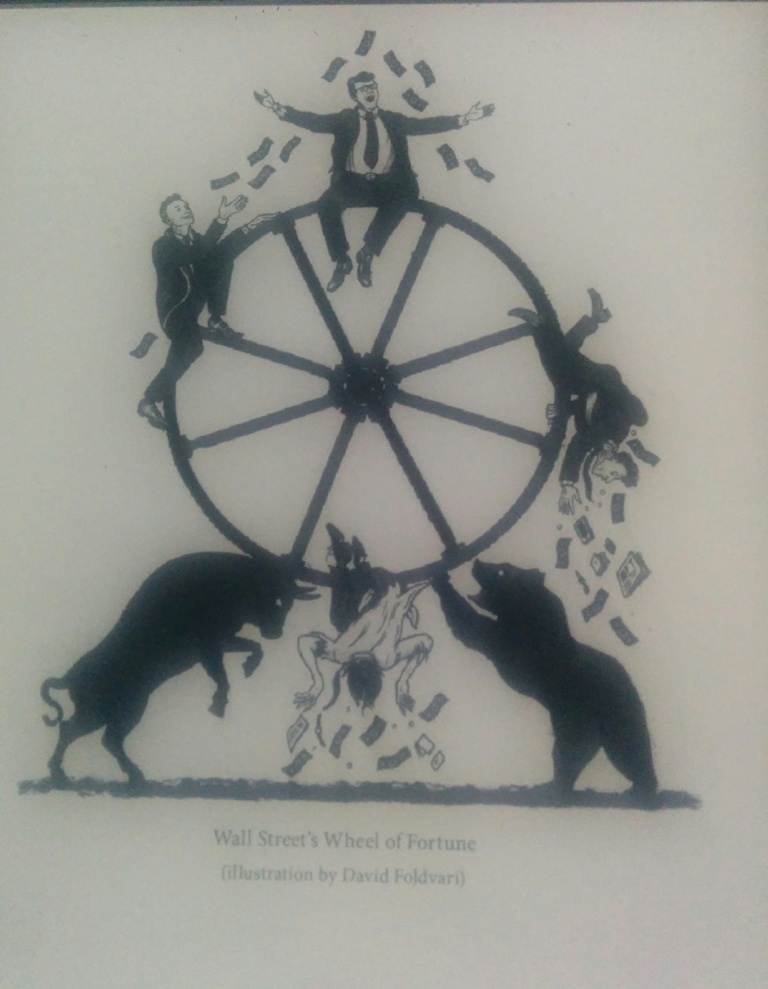Hat Tip: Niraj Bardia
Source: Robert Vinall, R V Capital,Annual Letter to Investors
A key tenet of value investing is competitive advantage. The idea behind competitive advantage is that businesses need to be protected by barriers to entry to earn a return on capital above their cost of capital. Warren Buffett coined the term “moat” to describe this. Examples of moats are brands, switching costs and network effects.
The dilemma facing value investors today is that whilst moat continues to be a prerequisite to earning excess returns on capital, it no longer seems sufficient. The pace of change is too fast.
There is scarcely a single sector that either has not been disrupted already or might plausibly be disrupted soon. The disruption of newspapers by the Internet or taxi services by Uber are well known examples of the former. The threat to car insurers from self-driving cars is just one example of the latter. No company is safe.
The pace of change leaves value investors feeling increasingly disorientated. They traditionally spurn sectors that are subject to fast change such as biotech, fashion or technology, preferring to focus on sectors which are predictable and subject to slow,incremental change.
However, what is to be done if the universe of unchanging businesses is continually shrinking and, moreover, all the economic growth, and hence value creation, is coming from elsewhere?
In my view, far greater attention needs to be paid to a company’s ability and willingness to innovate. Value investors may prefer not to give too much consideration to innovation. However, no matter how wide a company’s moat is, it is unlikely to be sustainable unless it goes hand in hand with innovation.
Warren Buffett often states that his CEOs’ top priority is to widen their company’s moat. The idea of widening a moat is key. It is worth quoting Buffett’s precise words from the 2000 AGM: “We think in terms of that moat and the ability to keep its width and its impossibility of being crossed as the primary criterion of a great business. And we tell our managers we want the moat widened every year.”
In my view, widening the moat is more important than the width of the moat. Everyone is attacking a company’s moat, so the question is not how wide it is, but whether it is widening at a faster pace than competitors are filling it up. Innovation is central to theidea of widening a moat.
But how can an investor correctly identify innovation?
It is hard.
Within 60 seconds, I can see American Express enjoys a network effect, Gillette has a great brand, and SAP’s customers have switching costs. But are these companies innovative? I don’t know.
The question is further complicated by the halo that envelops companies that enjoy decades of uninterrupted success. There is a mental bias to attribute all kinds of positive qualities to them, including innovativeness. Whether they have been innovating only comes to light when the shoe drops, at which point it is too late
How does this change how I allocate capital?
My intention is to pay far greater attention to innovation. Reflecting this, I am modifying the question on competitive advantage from:
“Does the company have a long term sustainable competitive advantage?”
to
“Is the company building a long term sustainable competitive advantage?”
